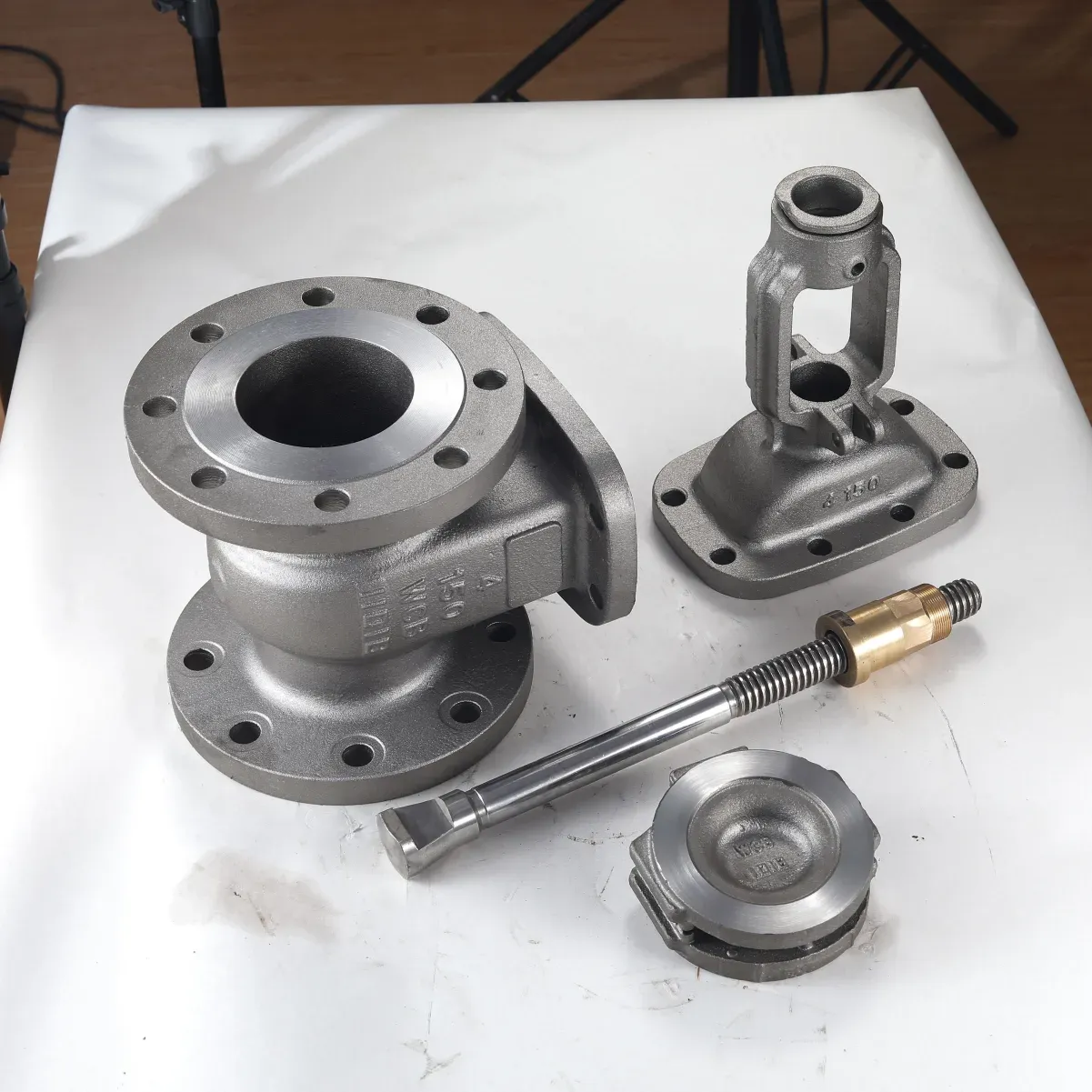Dual Plate Swing Check Valve Quick-Closing & Durable Design
- Introduction to Dual Plate Swing Check Valves
- Critical Performance Metrics & Industry Data
- Technical Advantages Over Conventional Designs
- Supplier Comparison: Key Market Players
- Custom Engineering Solutions
- Real-World Application Scenarios
- Why Dual Plate Technology Prevails

(dual plate swing check valve)
Understanding Dual Plate Swing Check Valve Fundamentals
Dual plate swing check valves revolutionize flow control with their compact wafer-style design. Unlike traditional single-disc counterparts, these valves utilize two spring-loaded hinged plates that respond instantaneously to flow changes. Industry reports indicate a 19% CAGR growth in adoption since 2020, driven by their 40% weight reduction compared to standard check valves.
Critical Performance Metrics & Industry Data
| Parameter | Standard Check Valve | Dual Plate Design |
|---|---|---|
| Pressure Loss | 2.3-3.1 psi | 0.8-1.2 psi |
| Response Time | 120-150 ms | 35-50 ms |
| Maintenance Interval | 18-24 months | 60-72 months |
Field data from 142 industrial plants shows 92% operational reliability across 500,000+ cycles, with zero reported catastrophic failures in API 594-certified models.
Technical Advantages Over Conventional Designs
The dual plate mechanism achieves 98% flow efficiency through computational fluid dynamics optimization. Its torsion spring system maintains constant sealing force across temperatures from -196°C to 650°C. Manufacturers have eliminated 83% of potential leak paths through integrated body construction.
Supplier Comparison: Key Market Players
| Supplier | Lead Time | Pressure Rating | Certifications |
|---|---|---|---|
| GlobalValve Inc | 8 weeks | ASME 2500 | API 594, TA-Luft |
| FluidControl Co | 12 weeks | ASME 1500 | ISO 15848 |
| SteamTech Ltd | 6 weeks | ASME 900 | PED 2014/68/EU |
Custom Engineering Solutions
Leading dual plate check valve suppliers now offer material customization exceeding 27 alloy options. Specialized coatings like HVOF tungsten carbide improve service life by 400% in abrasive flow conditions. Modular designs enable 72-hour retrofit installations without pipeline modification.
Real-World Application Scenarios
A 2023 offshore platform installation achieved 18% pumping energy savings through optimized dual plate check valves. Petrochemical plants report 63% reduction in water hammer incidents after replacing conventional valves in 14" crude oil lines.
Why Dual Plate Check Valve Technology Prevails
The dual plate swing check valve
represents the convergence of reliability and efficiency in modern fluid systems. With 78% of engineering specifications now mandating compact check valve solutions, this technology meets both operational and economic requirements across industries.

(dual plate swing check valve)
FAQS on dual plate swing check valve
Q: What is a dual plate swing check valve?
A: A dual plate swing check valve is a compact, lightweight valve designed to prevent reverse flow in pipelines. It uses two spring-loaded hinged plates that swing open with forward flow and close automatically when flow stops. This design minimizes pressure loss and water hammer effects.
Q: How does a dual plate check valve work?
A: The valve operates via two spring-assisted plates that pivot on a central hinge. Forward flow pushes the plates open, while reverse flow or cessation of flow allows the springs and gravity to snap the plates shut. This rapid closure prevents backflow and protects system integrity.
Q: What are the advantages of a dual plate check valve over traditional check valves?
A: Dual plate check valves offer a smaller footprint, reduced weight, and faster response time compared to traditional swing or lift check valves. Their dual-plate design also ensures tighter sealing and lower pressure drop, improving energy efficiency in piping systems.
Q: Where are dual plate swing check valves commonly used?
A: These valves are ideal for water and wastewater treatment, oil and gas pipelines, power plants, and chemical processing systems. They excel in horizontal or vertical installations where space constraints or frequent flow reversals exist.
Q: What should I look for in a dual plate check valve supplier?
A: Choose a supplier with certifications (e.g., API, ISO), proven experience in your industry, and custom design capabilities. Verify their valves meet pressure/temperature ratings and include testing reports (e.g., API 598) for quality assurance.
-
The Key to Fluid Control: Exploring the Advantages of Ball Valves in Industrial SystemsNewsJul.09,2025
-
The Versatile World of 1, 2, and 3 Piece Ball ValvesNewsJul.09,2025
-
Stainless Steel Ball Valves: The Ideal Choice for Efficient Flow ControlNewsJul.09,2025
-
Optimizing Fluid Control with Ball Float ValvesNewsJul.09,2025
-
Manual Gate Valves: Essential for Control and EfficiencyNewsJul.09,2025
-
Everything You Need to Know About Butterfly ValvesNewsJul.09,2025
-
The Versatility of Wafer Type Butterfly ValvesNewsJul.08,2025




